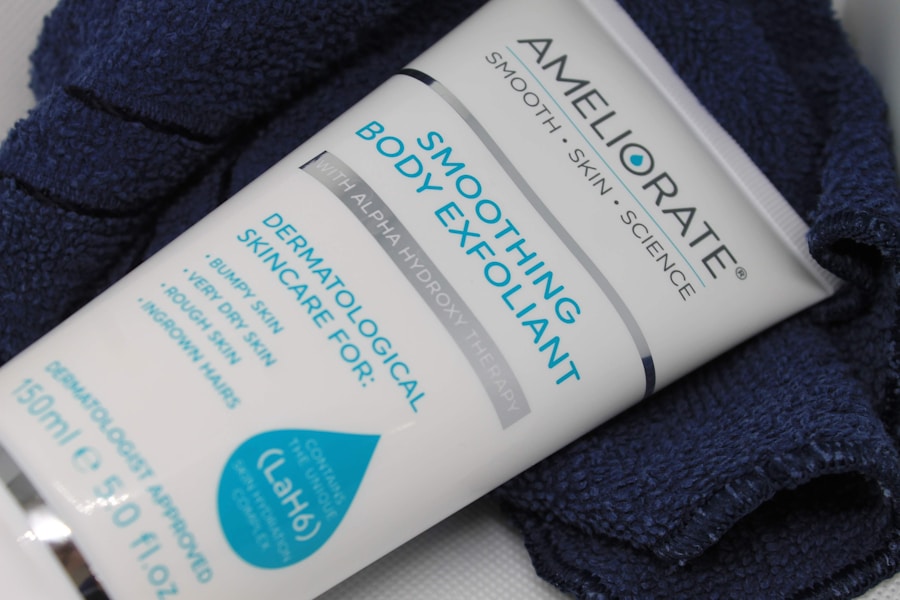Laser hair removal is a popular cosmetic procedure that uses concentrated beams of light to remove unwanted hair. The process works by targeting the pigment in the hair follicles, which absorbs the light and destroys the hair. This results in a reduction in hair growth over time. The procedure is typically performed by a trained professional in a medical spa or dermatologist’s office.
During the laser hair removal process, the technician will first clean the area to be treated and apply a cooling gel to protect the skin. They will then use a handheld device to deliver the laser pulses to the targeted area. The sensation is often described as a mild stinging or snapping feeling, but most people find it tolerable. The length of the procedure will depend on the size of the area being treated, with smaller areas like the upper lip taking just a few minutes, while larger areas like the legs may take up to an hour.
It’s important to note that laser hair removal is most effective on individuals with light skin and dark hair, as the contrast between the two makes it easier for the laser to target the hair follicles. However, advancements in technology have made it possible for people with darker skin tones to also benefit from laser hair removal. It’s important to consult with a professional to determine if you are a good candidate for the procedure.
Preparing for Laser Hair Removal Aftercare
After undergoing laser hair removal, it’s important to take proper care of your skin to ensure optimal results and minimize potential side effects. Before your appointment, it’s important to avoid sun exposure and tanning beds, as this can increase the risk of complications during and after the procedure. It’s also important to avoid plucking, waxing, or electrolysis for at least six weeks prior to your appointment, as these methods can disturb the hair follicle and make laser hair removal less effective.
In addition, it’s important to shave the area to be treated a day or two before your appointment. This helps the laser target the hair follicles more effectively without singeing any surface hair. After your appointment, it’s important to follow the aftercare instructions provided by your technician. This may include avoiding sun exposure, using gentle cleansers and moisturizers, and avoiding activities that can cause excessive sweating.
Immediate Aftercare Steps
After undergoing laser hair removal, there are several immediate aftercare steps that can help promote healing and minimize potential side effects. One of the most important steps is to avoid sun exposure for at least 24 hours after your treatment. This is because the skin may be more sensitive to UV rays after being exposed to the laser. It’s also important to avoid hot showers, saunas, and steam rooms for at least 24 hours, as these can also irritate the skin.
In addition, it’s important to keep the treated area clean and moisturized. Your technician may recommend using a gentle cleanser and moisturizer to help soothe the skin and promote healing. It’s also important to avoid picking or scratching at the treated area, as this can increase the risk of infection and scarring. If you experience any discomfort or redness, you can apply a cold compress or take over-the-counter pain medication as directed by your technician.
Long-Term Aftercare Considerations
In addition to immediate aftercare steps, there are also long-term aftercare considerations that can help maintain the results of laser hair removal. One of the most important considerations is to continue avoiding sun exposure and using sunscreen on the treated area. This can help prevent hyperpigmentation and other skin issues that can arise from sun exposure.
It’s also important to continue using gentle cleansers and moisturizers on the treated area to keep the skin healthy and hydrated. If you notice any changes in your skin or experience any discomfort, it’s important to contact your technician for further guidance. In some cases, they may recommend additional treatments or adjustments to your skincare routine.
Managing Potential Side Effects
While laser hair removal is generally safe and effective, there are some potential side effects that you should be aware of. These can include redness, swelling, and discomfort in the treated area. In some cases, you may also experience temporary changes in skin pigmentation or scabbing. These side effects are typically mild and resolve on their own within a few days.
To manage potential side effects, it’s important to follow your technician’s aftercare instructions and avoid activities that can irritate the skin. You can also apply a cold compress or take over-the-counter pain medication as directed by your technician. If you experience any severe or prolonged side effects, it’s important to contact your technician for further guidance.
Touch-Up Sessions and Maintenance
After undergoing laser hair removal, you may need touch-up sessions to maintain your results over time. This is because hair grows in cycles, and not all of the hair follicles will be in the active growth phase during your initial treatment. Your technician can help determine when you may need touch-up sessions based on your individual needs and goals.
In addition to touch-up sessions, it’s important to continue following a good skincare routine and avoiding activities that can irritate the skin. This can help maintain the results of your laser hair removal treatment and keep your skin healthy and smooth.
Tips for Maximizing Results and Minimizing Discomfort
To maximize the results of your laser hair removal treatment and minimize discomfort, there are several tips you can follow. One of the most important tips is to follow your technician’s aftercare instructions and avoid activities that can irritate the skin. This can help promote healing and minimize potential side effects.
It’s also important to continue using sunscreen on the treated area and avoiding sun exposure, as this can help prevent hyperpigmentation and other skin issues. In addition, you can use gentle cleansers and moisturizers to keep your skin healthy and hydrated. If you experience any discomfort or changes in your skin, it’s important to contact your technician for further guidance.
In conclusion, laser hair removal is a popular cosmetic procedure that can help reduce unwanted hair growth over time. By understanding the process, preparing for aftercare, following immediate and long-term aftercare steps, managing potential side effects, scheduling touch-up sessions, and following tips for maximizing results and minimizing discomfort, you can achieve optimal results from your laser hair removal treatment. It’s important to consult with a trained professional to determine if you are a good candidate for laser hair removal and to receive personalized guidance throughout the process.






